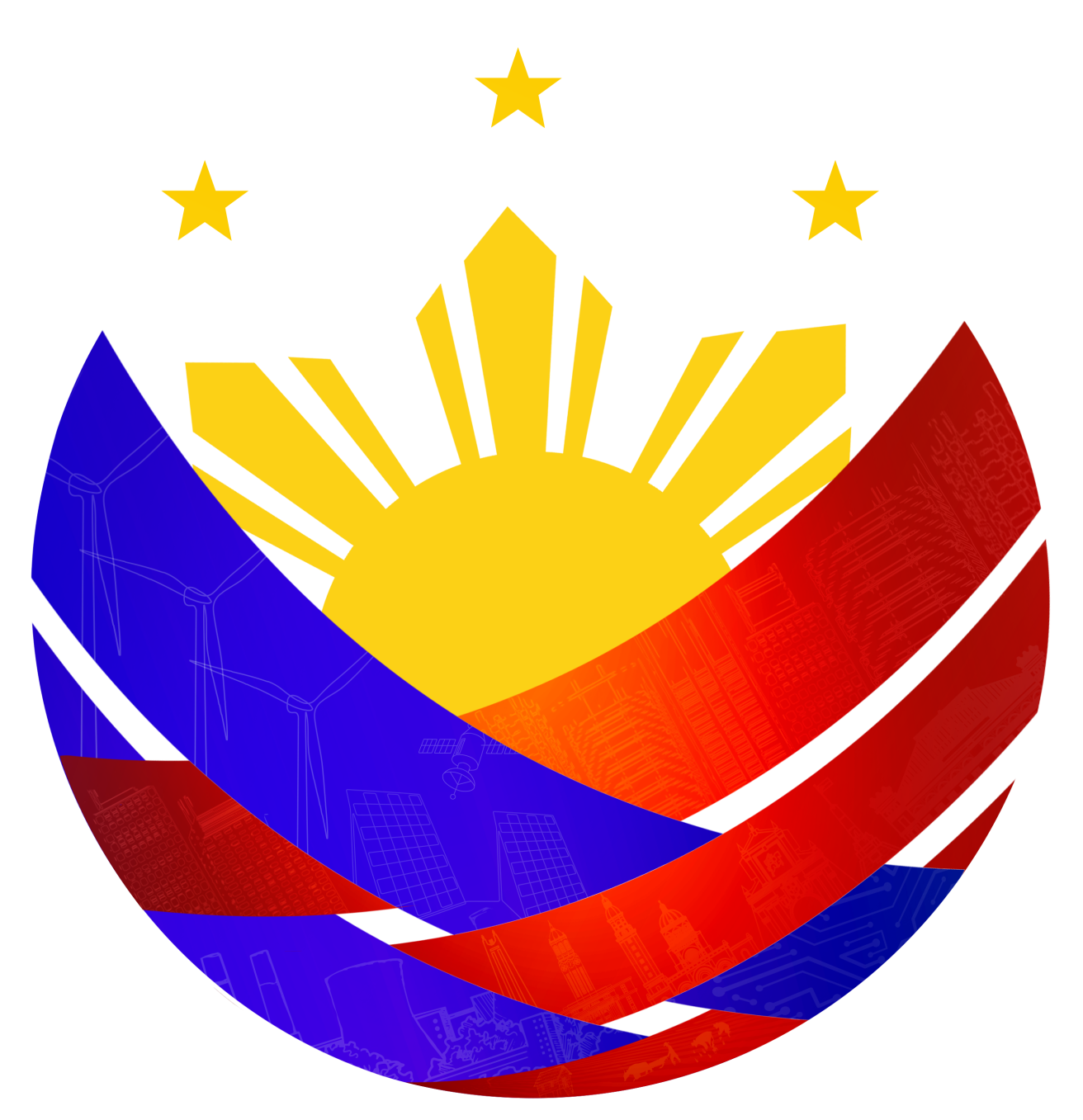
Province of Marinduque
Marinduque is a province of the Philippines located in the MIMAROPA region (Region IV-B) of Luzon. The province covers a total land area of 952.58 square kilometers and is composed of 6 municipalities and 218 barangays. The capital of the province is Boac, which is also the most populous municipality with a population of 57,283 as of the 2020 census. The name 'Marinduque' is believed to be derived from the Spanish word 'marin-duque,' meaning 'sea duke,' a title given to the local nobility during the Spanish colonial period.
History
Marinduque is an island province in the Philippines with a rich history dating back to pre-colonial times. Its first inhabitants were Malay natives who traded with the Chinese and called the island 'Malindig' or 'Malindog.' During the Spanish colonial era, Christianity was introduced by Augustinian priests, and Marinduque was initially part of Balayan (Batangas) and later Mindoro. In the Philippine Revolution, locals led by General Maximo Abad briefly established the Marinduque Republic and fought notable battles such as Pulang Lupa. Under American rule, it was annexed to Tayabas but re-established as a separate province in 1920 and became part of the Commonwealth in 1935. During World War II, Japanese forces occupied the island, after which it regained its provincial status in 1945. Today, Marinduque is known for its cultural heritage, including the Moriones Festival, and continues to play a role in Philippine history.